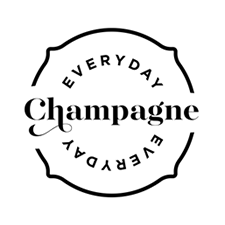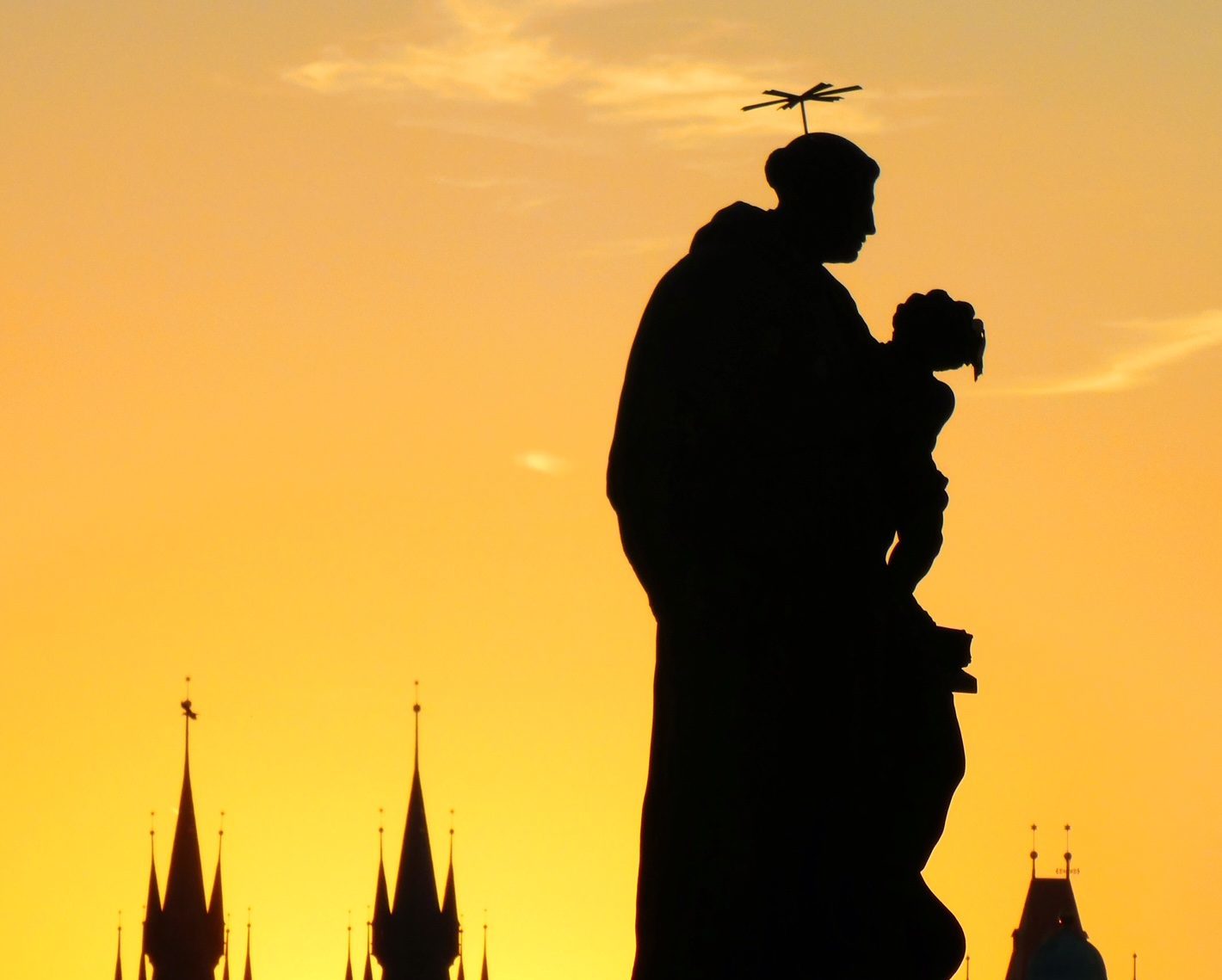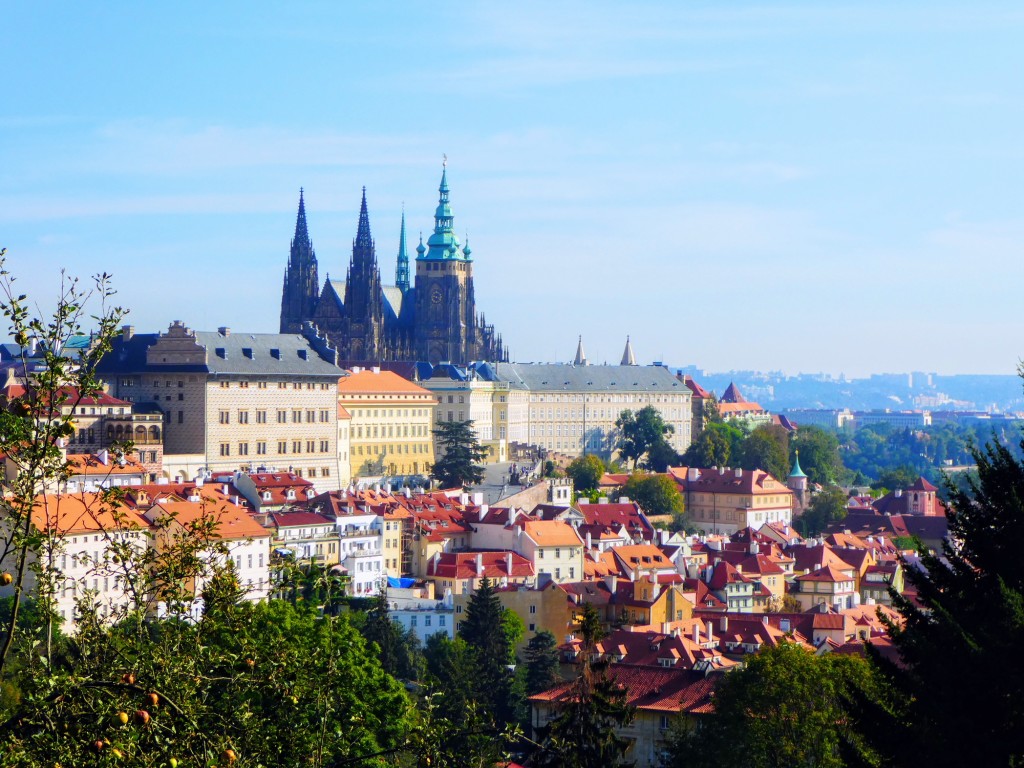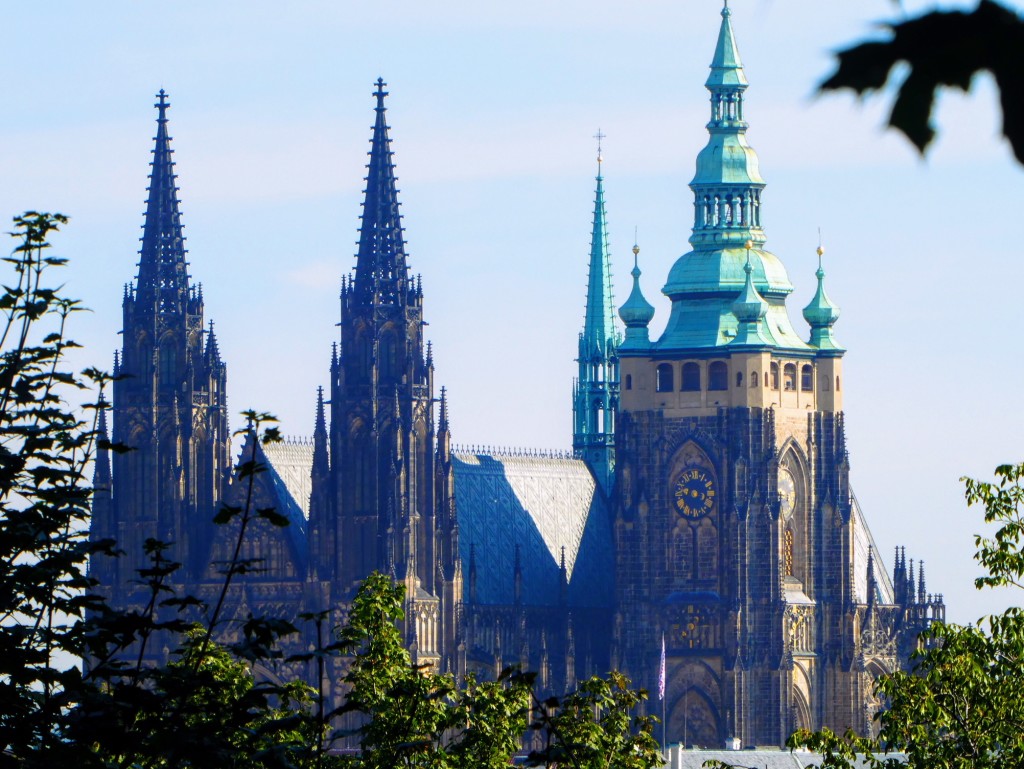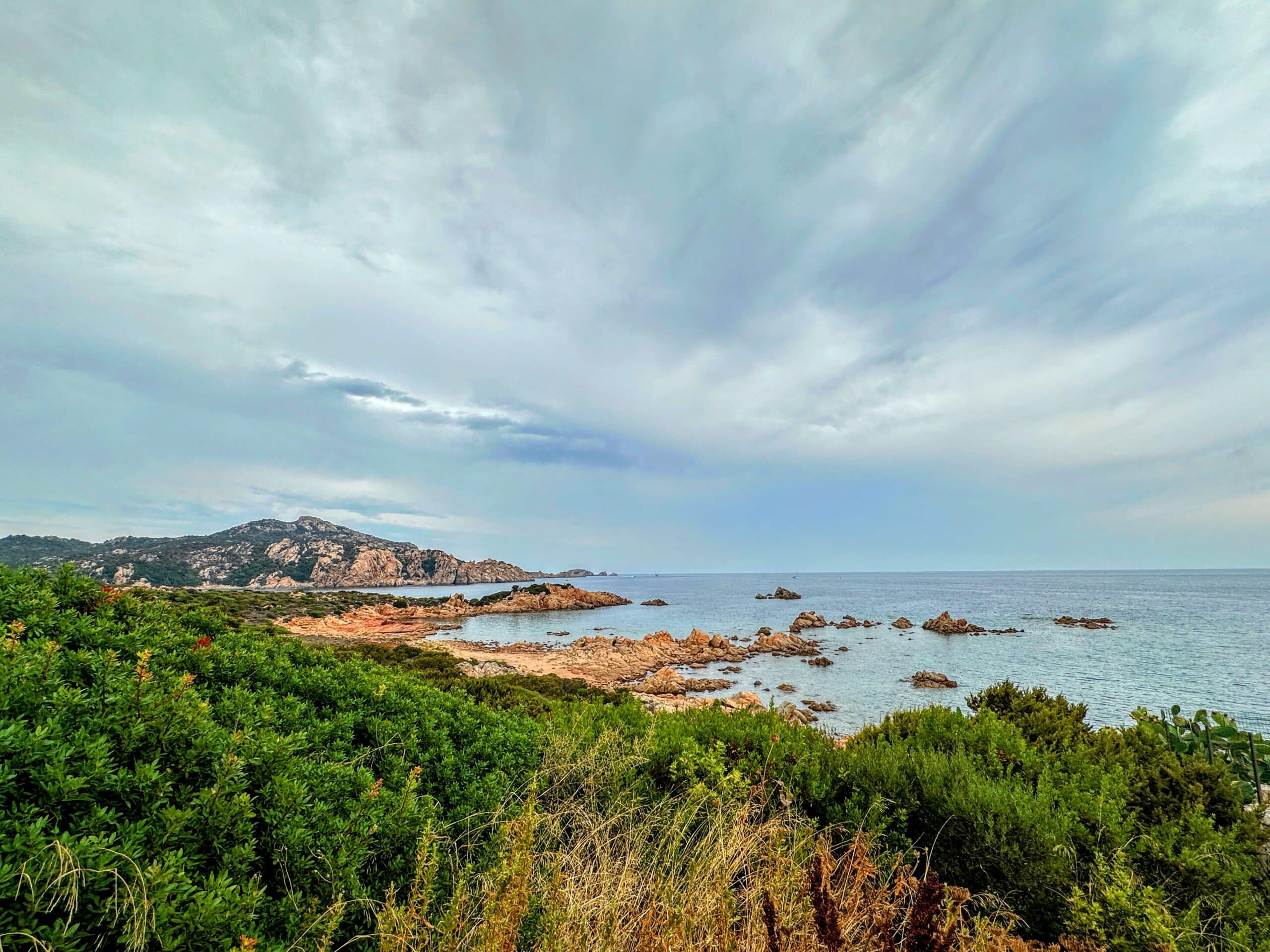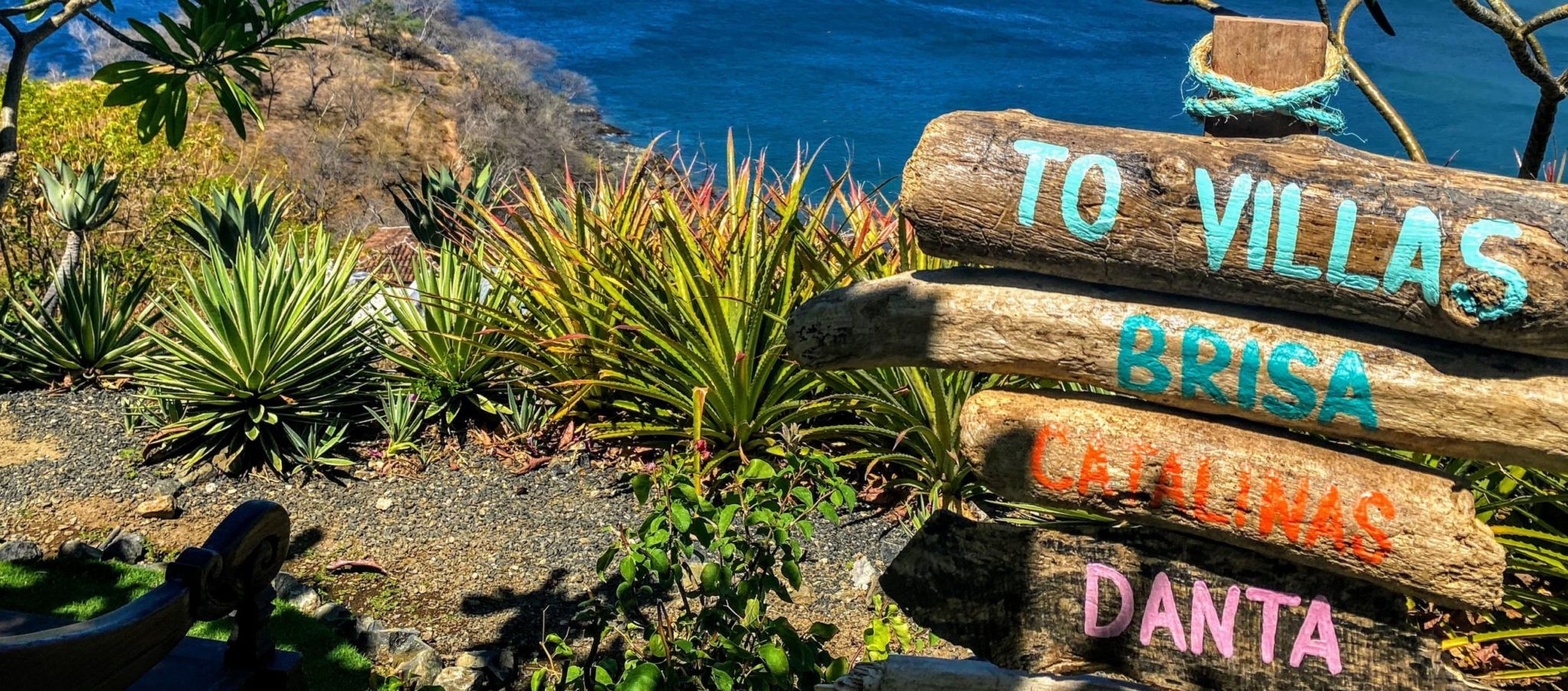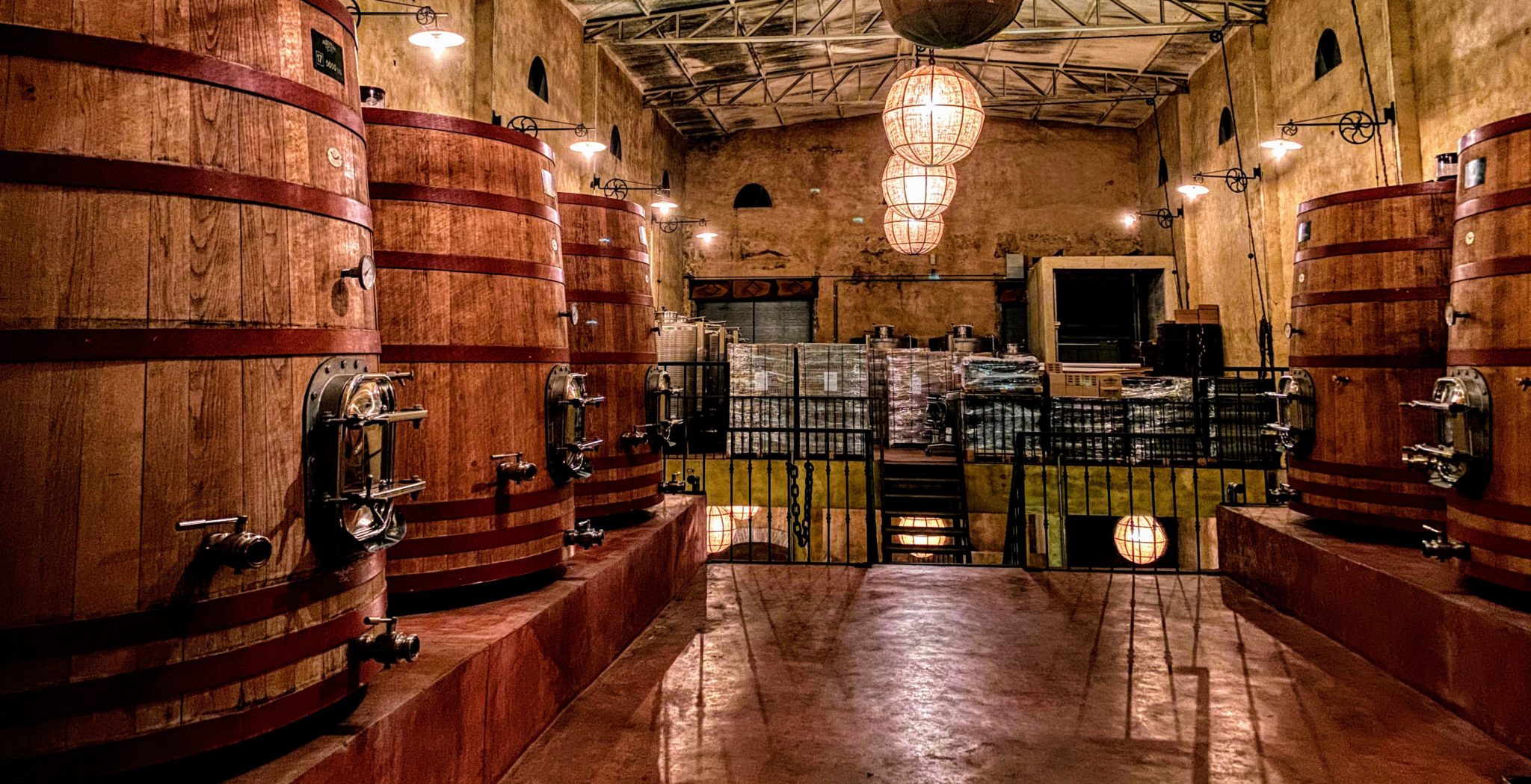September 12, 2018
Welcome to Prague. Our apologies to everyone looking for a love story. Prague (in its historical heart) is just plain crowded with tourists of every shape, size, and smell. It’s home to 1.5 million people and 7 million tourists. You do the math. Before you think we’re going to trash the city, read on. But first, a disclaimer. Judging by the conversations we overheard standing in line to board our flight out of Prague, our recommendations are clearly not for the masses. Prague is one of the most untouched, dramatic Baroque cities in the world. It is the city of one hundred spires. It is breathtaking, especially if you go out and traverse the city before and during sunrise. Or if you find the walking trails above the city, away from the roads filled with tourist buses. Or if you go further afield, into the up-and-coming neighborhoods where the real people live.
The History:
Is too rich to completely cover here, so here’s our very loose interpretation of the last hundreds of years (you may want to use a less wine-fueled source for the real facts): They love Charles the 4th (hence the name for the Charles Bridge), they don’t love the Habsburgs, and they went from Protestant to forced Catholic to now mostly atheist, even though there is an extraordinary church on nearly every block. Religion tore the city apart originally, and it barely escaped World War II destruction.
The Lay of the Land:
Is fairly simple, yet contrary in what they call the “historical heart.” Lesser Town (where the Prague Castle sits) was (and still is) the more upscale, upper-crust area filled with high-end residences and embassies. Lesser Town is actually older than Old Town, which is right across the Charles Bridge from Lesser Town. The Jewish Quarter and New Town (which isn’t new at all) are both adjacent to Old Town. It’s all within a relatively small area to cover, and it’s easy to walk, if you can dodge the blasted selfie sticks and tour groups without injury.
What to Do:
Get up before sunrise. Don’t complain that it’s your vacation, just get out of bed. If you’re in Prague multiple days, go to the Charles Bridge one day; walk up to the castle the next. It is really the only time you’ll see the beauty without all the people. Walk up the Petrin Hill to the Strahovsky Monastery (it’s actually a brewery, too) and take the walking path to the lookout tower. You’ll get great views and a different perspective of the city, and it’s not terribly crowded, especially in the morning. Walk through the Josefov Jewish Quarter, and take a small tour of the cemetery. It’s very moving, and tells an important part of the city’s history. 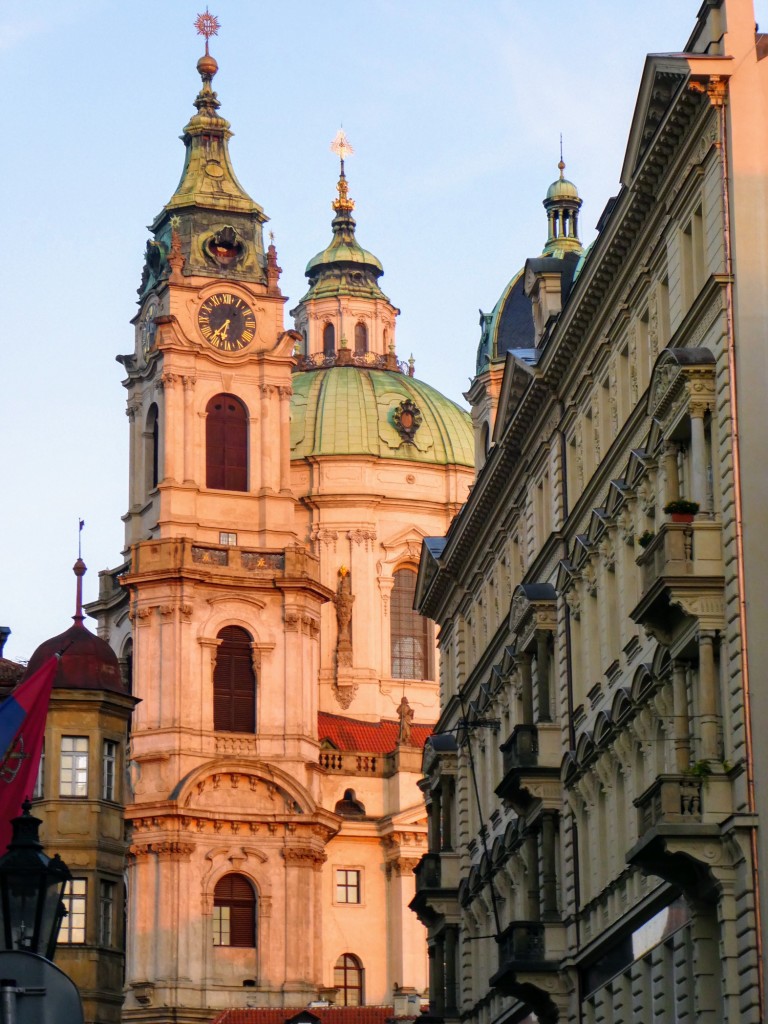
The Food:
In the historical heart, the restaurants cater to tourists, but there are some good choices (just stay off Trip Advisor’s recommendations). 
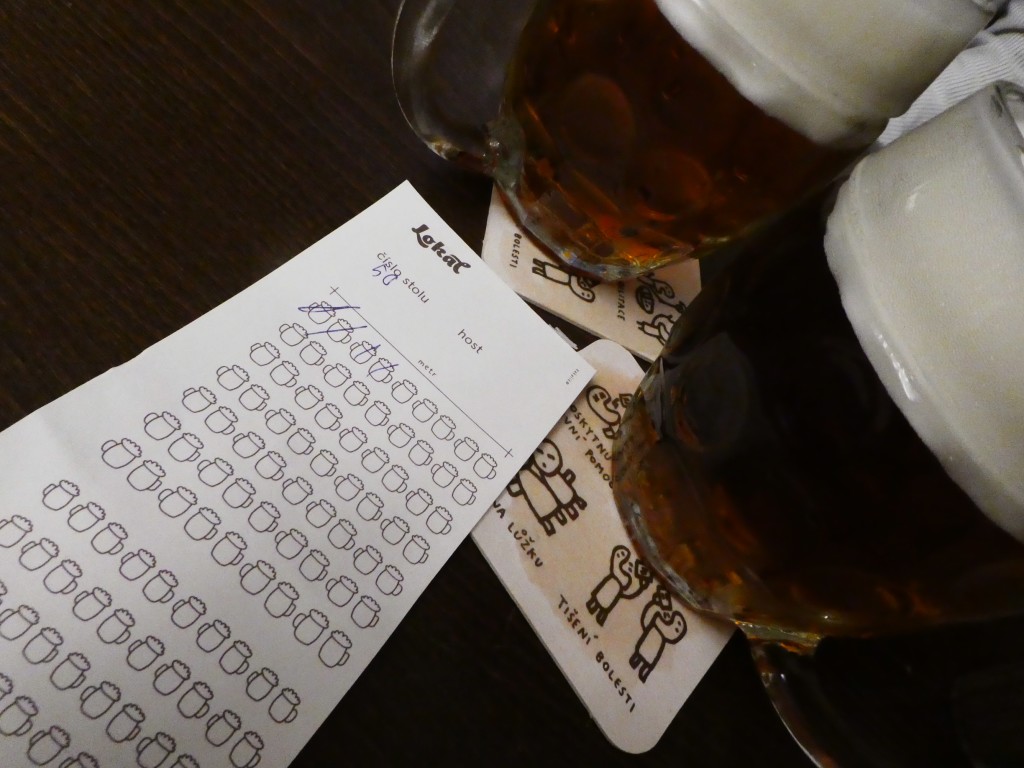

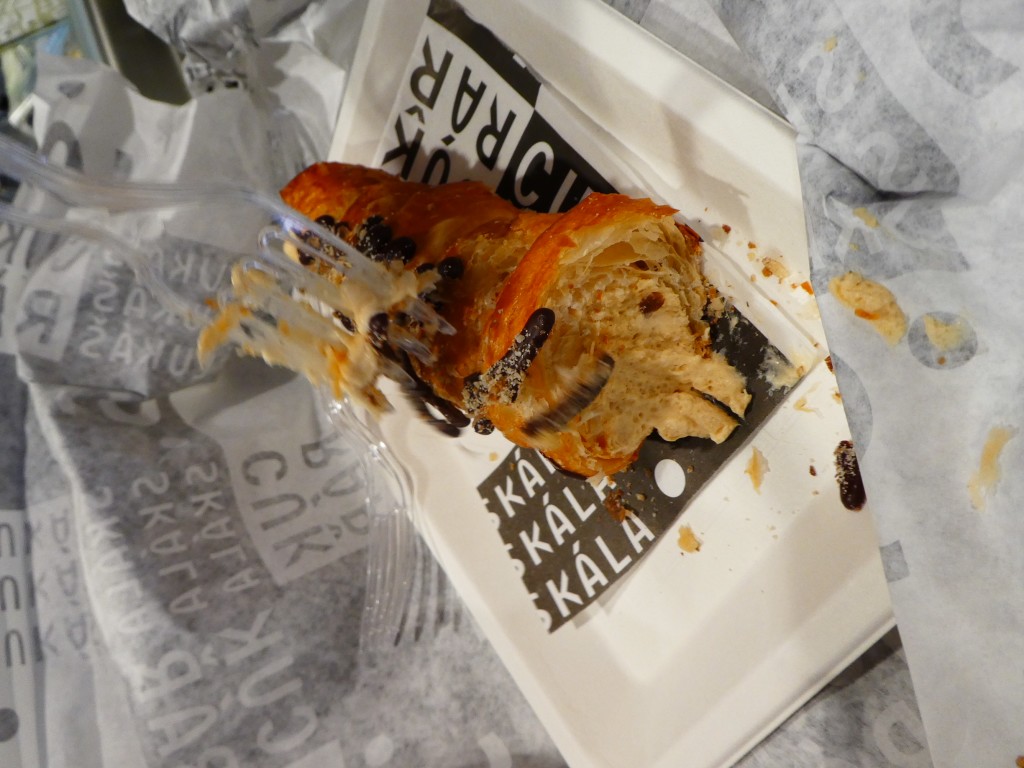
a modern interpretation of a Hungarian pastry, but it’s a crunchy shell filled with light flavored cream, and it’s worth the calories. The Michelin-starred tasting-menu spot is Le Degustation in the same area, but be prepared for a three hour meal. A few others that actually had some locals in them were Bistro Kaprova and La Finestra (although clearly not Czech) in Old Town. Café Imperial is a dramatic room with good food, but Next Door (yes, that’s the name—sister restaurants) is even better. Both in New Town, close to Old Town. For pizza (near and dear to my heart, especially after a week of German and Czech food), there are actually a lot of pizzerias. In addition to Pizza Nuova, mentioned above, in Lesser Town, try San Carlo. It’s legit. You’ll see tons of stands and people walking around with giant pastry-like cones filled with ice cream, and you may think it’s a Czech thing. It’s actually a loose interpretation of a Hungarian pastry usually eaten on religious holidays, and the Czechs were savvy enough to put it in a tourist-ready package, sweeter and with more chocolate. Don’t do it.
Where to Stay:
We prefer Lesser Town. It’s quieter at night and easier to find less-populated side streets where the hotels reside. Prague was a city where we chose easy, and even the chain hotels find unique properties within the historic buildings. The Augustine is a Starwood Luxury Collection hotel in a great location virtually underneath the castle, and it has a cool bar. The Mandarin Oriental is a few minutes’ walk away, and both are easy choices in a bit higher-end category. Another property, the Aria, seemed a decent choice, especially if you can ensure a bigger room or a room with a balcony. The Four Seasons is on the Old Town side, situated right on the river and somewhat separated from the throngs looking back at the Prague Castle. But the rooms with a view are obviously more expensive. If your heart is set on staying in Old Town, the Emblem was the only respite we found.
Getting Around:
Walk, but leave the heels at home. It’s mostly cobbles, so you’ll hate it and look like an idiot. Biking is usually our transport of choice, but see the aforementioned crowds and cobbles that make that nearly impossible. Taxis are easy to call or find, and they have trollies throughout the city that seemed to be everywhere (especially when you step off the curb not looking). If you’re into tour groups or tour buses, you clearly just read the wrong post.

